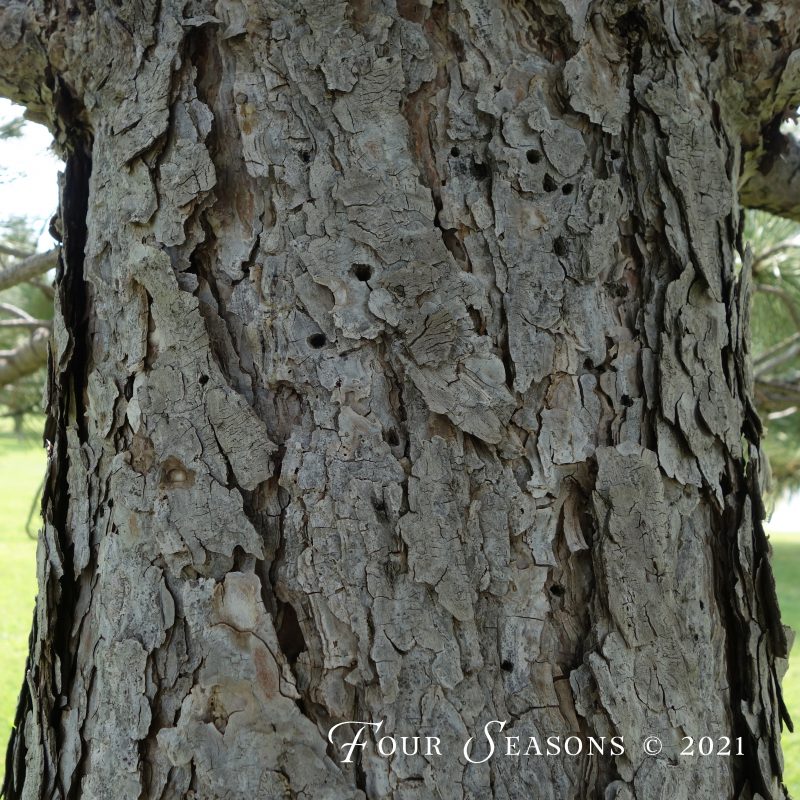If you notice what appears to be small holes in the bark on your trees, you might have a woodpecker in residence, but most likely you’ve got borers. It’s important to identify these pests because if they are left untreated, they can kill not only the original tree, but spread to many around it. Spruce and pine trees are their preferred habitats.
Borers work by penetrating the bark layer on the outside of a tree to lay their eggs beneath it. The young larvae that hatch will then travel underneath the bark and eat away at the tissue there. Once they have completely encircled the tree and girdled it, the tree will die so it’s important to spot and treat them early on.
The first thing you will probably notice are tiny holes in the bark on your tree. These could be quite small or even as large as the size of a pencil eraser. As they work underneath the bark to excavate tunnels, sometimes you’ll notice a sawdust looking material falling from these holes.
Remember the massive die off in the northern part of the state from pine bark beetles? This occurred after a period of extended drought when the trees were stressed. Since borers are attracted to trees that are stressed or injured, one way to prevent them is to be sure you keep your trees in good health. This includes regular watering and fertilizing.
Since borers do their damage on the inside of trees, other than their holes, you may not notice much damage at first. On the inside however, they can cause extensive damage since eventually they will work their way into the tree for several inches. Their work can weaken trees to the extent that you may be better off replacing that particular tree, rather than trying to save it. Many homeowners have only realized that they have a borer infestation when their trees snap during a storm or high wind.
Permethrin seems to work best in our area both as a preventative control or as a treatment after they have appeared. The brand you’ll often see is called Hi-Yield 38 Plus. This works well because it’s designed to remain on the tissue for weeks killing anything that comes in contact with it.
The trick is to be sure that when you spray, you cover all of the main trunk and major branches of the tree and in trees that are quite tall, this can be a challenge. If you don’t catch every woody surface, the borers will simply migrate to an area that has not been treated. The same goes for surrounding trees as these little fellows love to move.
Though woody woodpecker could be the cause of holes in your trees, most likely if they are spruce or pine, the cause are borers of one variety or another. Getting them under control quickly is important to ensure a happy, healthy landscape.

